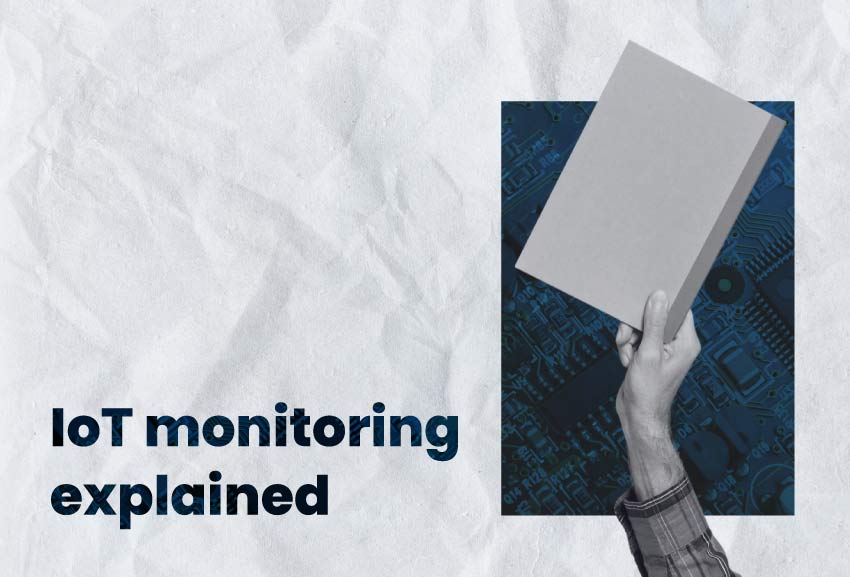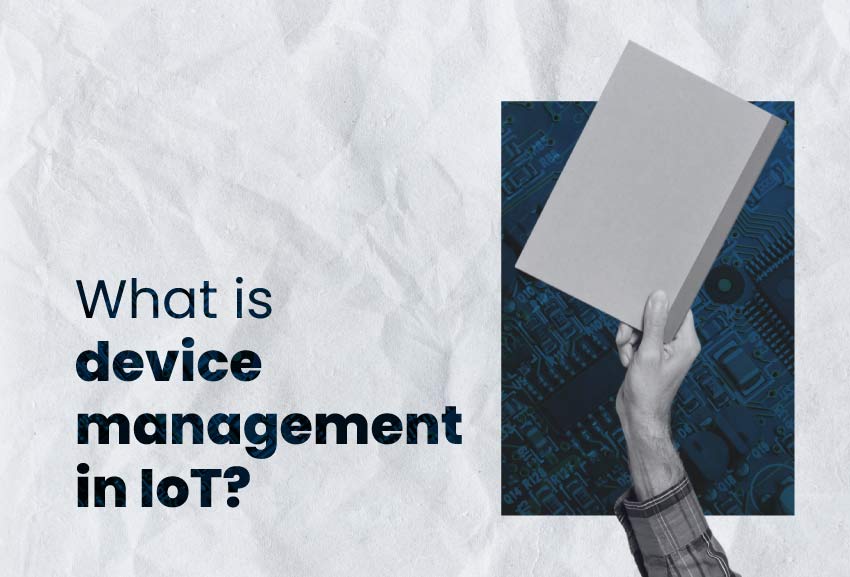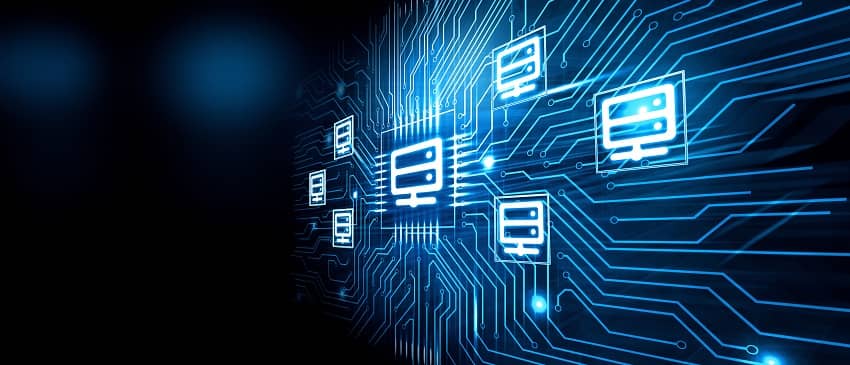What is IoT monitoring?
IoT monitoring refers to the process of monitoring and analyzing the data generated by IoT devices to ensure they are working properly and meeting the desired objectives.
When we talk about IoT device monitoring, we refer to the analysis of specific aspects of the device, such as performance, health, stability, security, connectivity, networks, and behavior in real time. This monitoring is necessary because of the importance of IoT.
Benefits of IoT monitoring
The benefits of IoT monitoring can be divided into three aspects, which are, better performance, improved decision making, and enhanced customer experiences.
1.Better performance:
IoT monitoring helps companies to get useful data regarding all their activities, or at least, the ones that are being tracked by IoT products. The business administrators can check the information in their computers, and use it as an incentive for changing operations.
The constant surveillance of the IoT devices will be fundamental to ensure all data gathered is reliable and that will be useful for the business.
2.Improved decision making:
Monitoring IoT devices gives companies more alternatives to improve their activities. How? Data is the key. When you have numbers, you have better chances of analyzing your environment.
Thanks to IoT analytics, companies can immediately identify what parts of the process are not working, being delayed, or presenting obstacles, and make decisions that try to correct those issues.
This also helps in the optimization of resources, supply chain, and logistics.
There are many industrial IoT applications to keep in mind.
3.Enhanced customer experiences:
Years ago, it was very difficult to enhance a device in real time, since there wasn’t constant feedback from users. But now, thanks to IoT monitoring, companies can receive constant feedback on their products, aspects like bugs, security issues, performance, and stability can be addressed remotely, and the company can release new updates to fix the problems. This, of course, depends on the reliability of a good firmware company.
On the other hand, the users can also access the data of the device, giving them the ability to monitor their own IoT devices, and confirm their performance and stability.
IoT monitoring tools
Depending on the aspects you need for IoT monitoring, you will use different tools. For instance, if your IoT devices store information in the cloud, you will need cloud-based monitoring platforms like AWS, Azure, among others. There are also tools for monitoring analytics gathered from the IoT products, such as Apache NiFi, and Elasticsearch. These platforms have the capacity of monitoring and analyzing large volumes of data generated by IoT devices.
You will also need to monitor the status of the network to which your IoT products are connected. Tools like Nagios and Zabbix allow companies to monitor in real time the conditions of the IoT networks. These IoT monitoring tools are really useful for preventing problems in data transmission, congestion issues, or downtimes.





